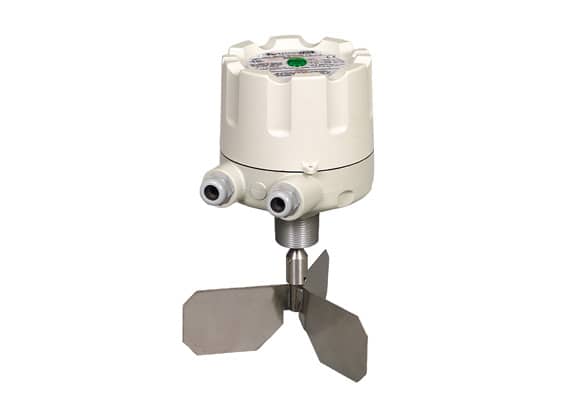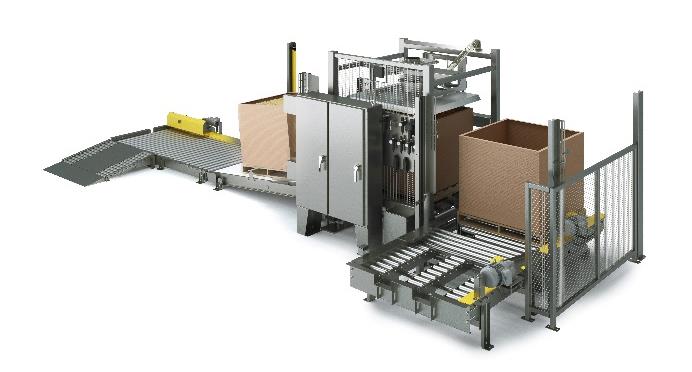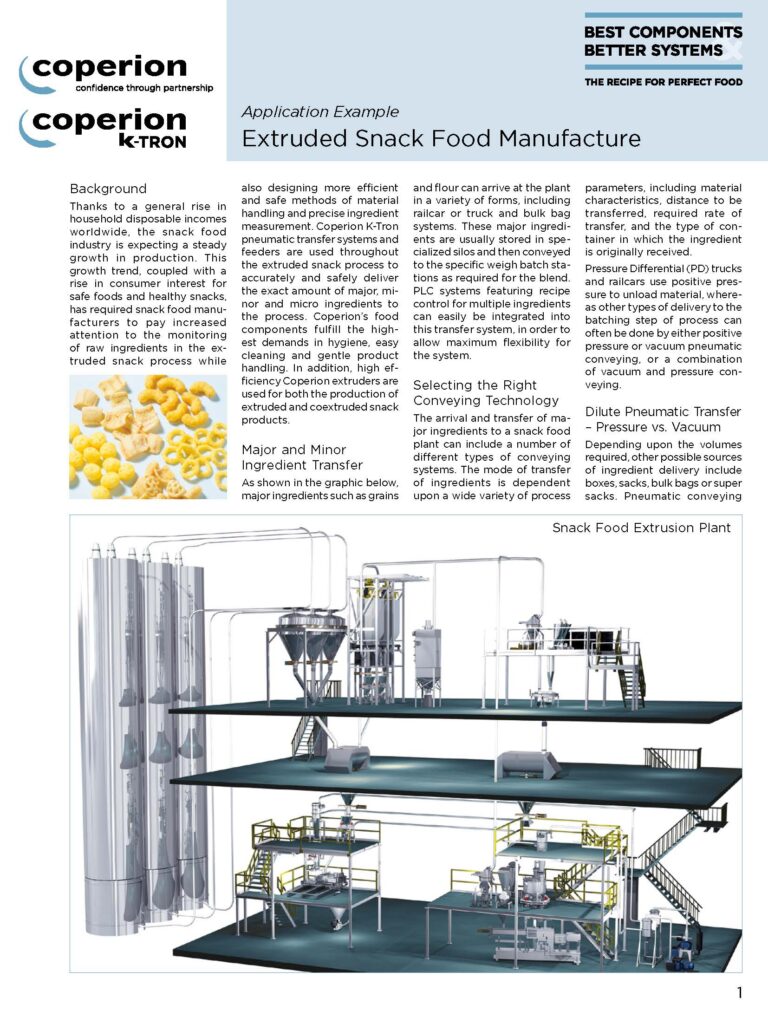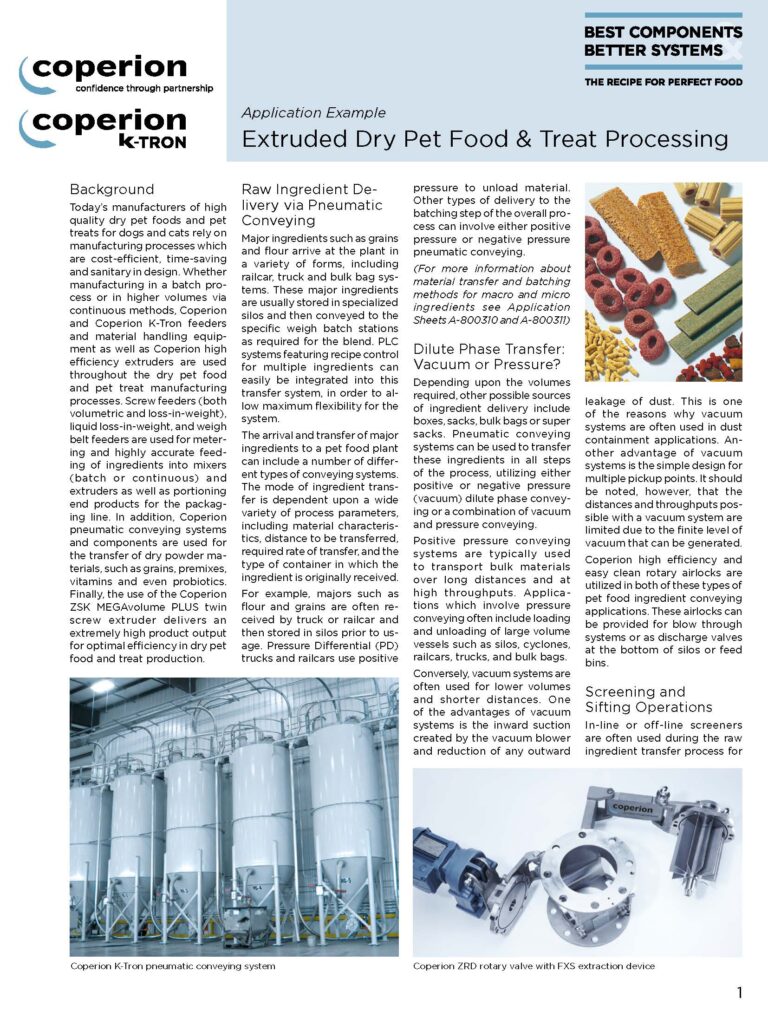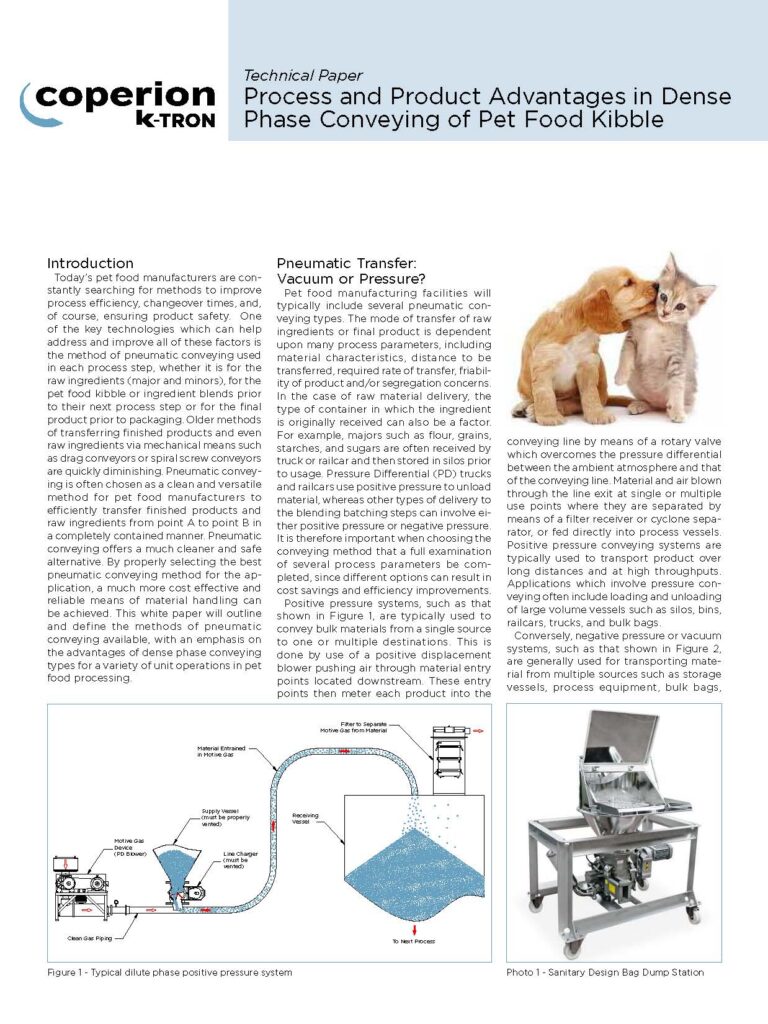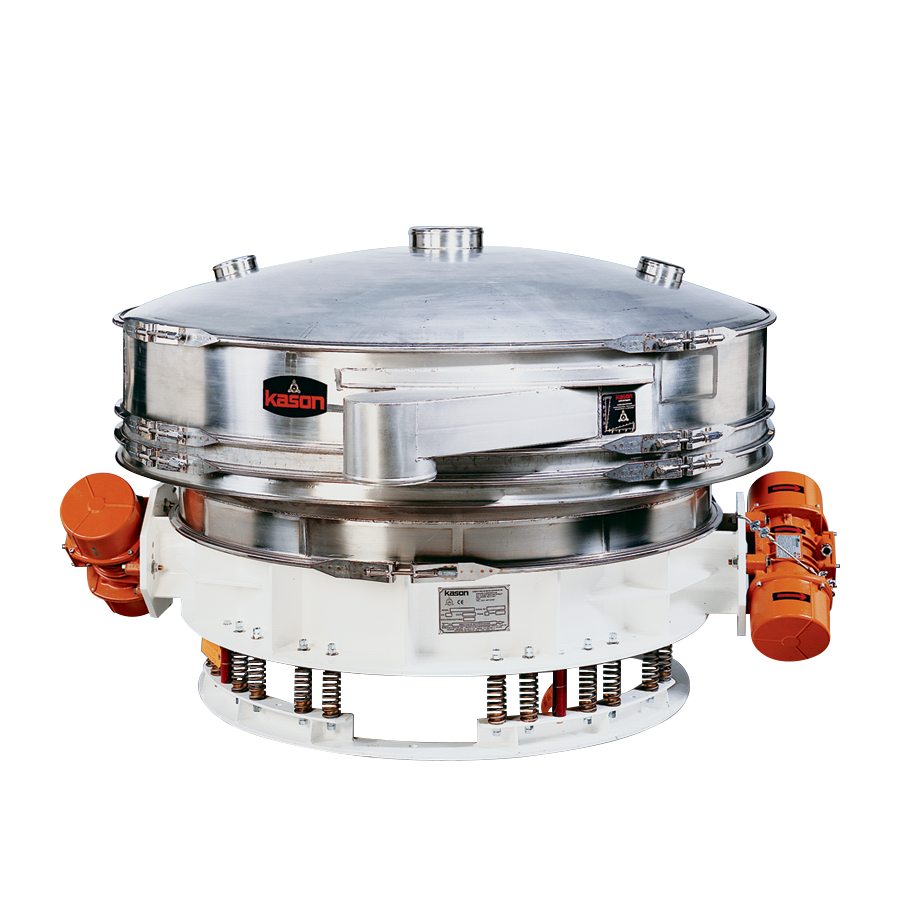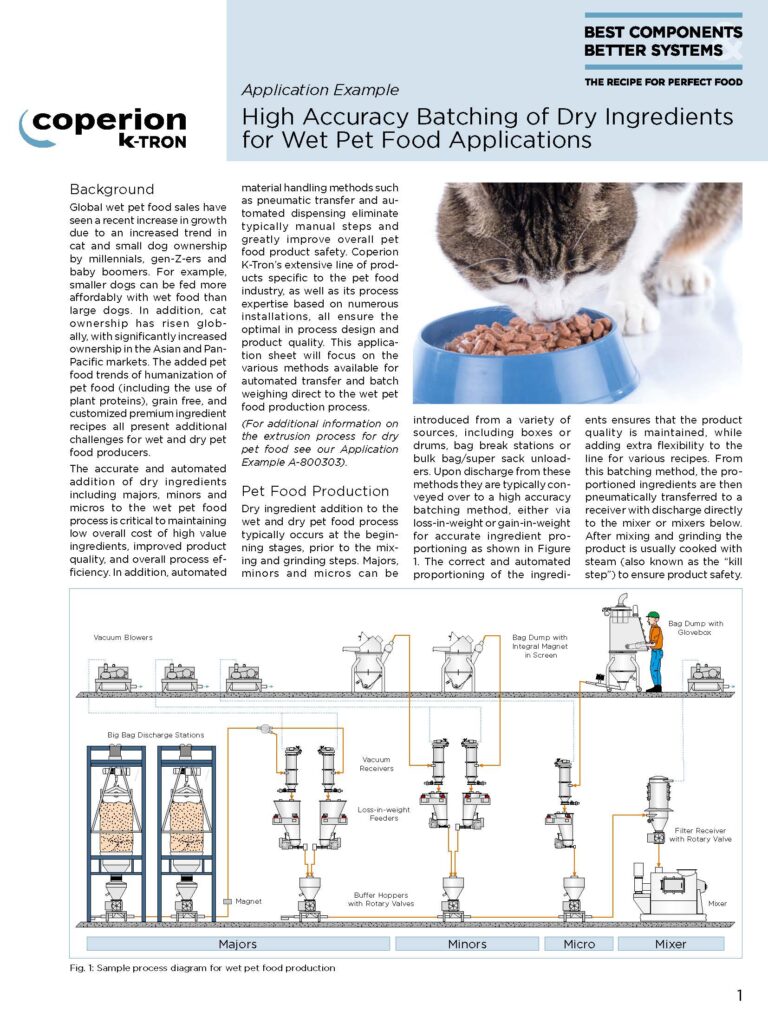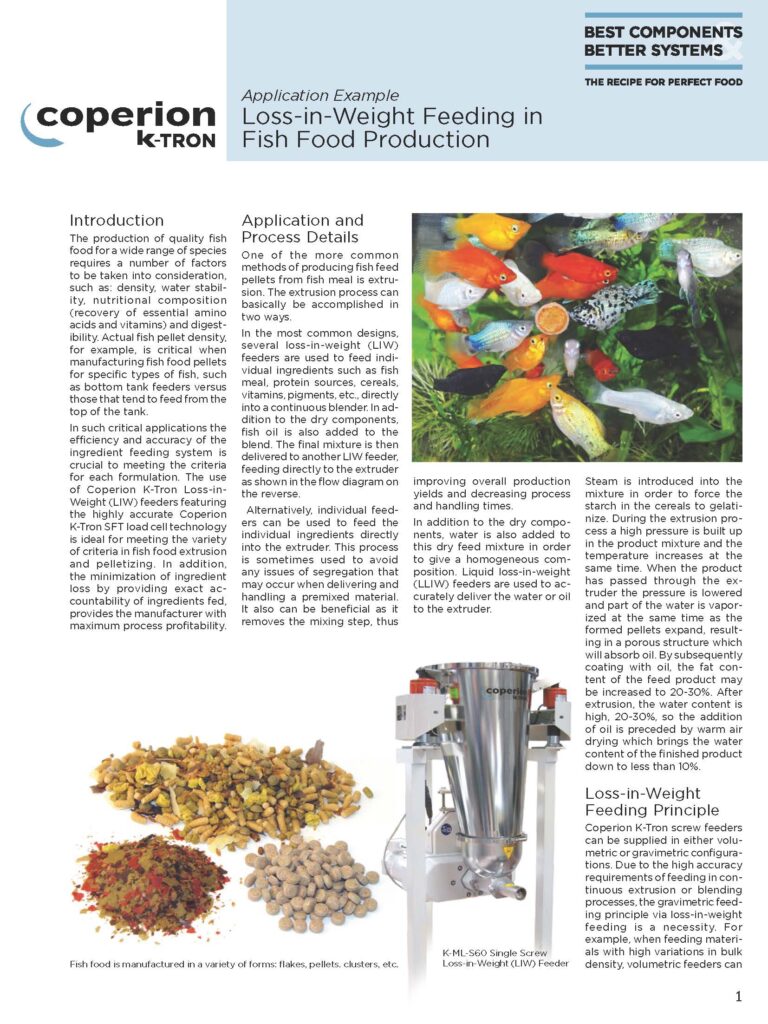Eliminate Re-Calibration of Capacitance Level Probes
The typical RF capacitance style point level sensor requires some form of calibration or “tuning” to the specific installation and application. Varying conditions in the environment (changes in ambient temperatures) can affect the stability of the calibration of these devices. Changes in ambient temperatures can impact the characteristics of electronic components, thereby causing calibration drift. In addition, the quality, or grade, of electronic components affects a probe’s ability to maintain a stable calibration.
Eliminate Re-Calibration of Capacitance Level Probes Read More »


